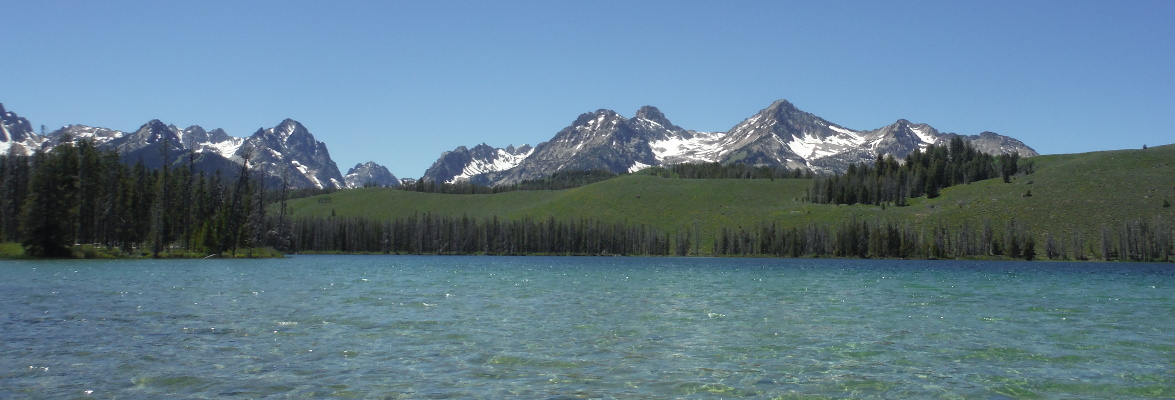Tuesday Science – Sign of the Times?
A few days ago Scientific American had an article by the name of, “Are Larger Earthquakes a Sign of the Times?
For those who aren’t familiar with it, there’s a magazine who’s title is part of this headline: “Signs of the Times, a monthly magazine, encourages readers to lead joyful Christian lives as they await the soon return of Jesus” that is produced by SDA prophecy nuts. Why the hell did Scientific American have to use such a horrible title?
Here’s a few excepts from the article:
Beginning in late 2004, a flurry of massive, tsunami-spawning earthquakes have rocked the world, first slamming Indonesia, then Chile and most recently Japan. Temblors that size are rare indeed: only 7 quakes as large or larger than 8.8 — the magnitude of last February’s Chilean event — have occurred since 1900.
So what does it mean that three of those seven shocks have happened almost within the span of six years? While some scientists argue that these ‘megaquakes’ could be the vanguard of an extended outburst of strong seismic events, many others suggest that the apparent cluster of recent temblors is nothing more than a statistical fluke.
The recent spate of far-flung quakes is remarkably similar to a cluster that occurred in the middle of the last century, says Charles Bufe, a seismologist retired from the US Geological Survey (USGS) in Denver, Colorado. The seismic events in that supposed grouping, consisting of 3 magnitude 9 or higher temblors, struck Kamchatka, then Chile and then Alaska within a 12-year interval. The odds of quakes that large occurring randomly within such a short time span is only four per cent, Bufe noted today at the annual meeting of the Seismological Society of America in Memphis, Tennessee…
Yet the apparent clustering of such megaquakes, including the recent Indonesian, Chilean and Japanese events can be accounted for without a direct link, several scientists say. “When you run statistical tests, you can often get numbers that sound interesting,” says Richard Aster, a geophysicist at the New Mexico Institute of Mining and Technology in Socorro. In this case, he suggests, the clumping could come down to the statistics of small sample sizes. Since 1900, there have been only 14 quakes larger than magnitude 8.5. And whereas modern seismology goes back only a little more than a century, the tectonic processes that generate major earthquakes unfold over hundreds or thousands of years, he adds.
I think Aster has it right. This is very likely not a sign of anything. Correlation does not equal causation and similar events happening at similar times in very loosely connected systems shouldn’t be that surprising and doesn’t always mean anything.
If we look at these as individual systems, especially considering that these faults are thousands of miles apart and loosely connected, it looks quite a bit different. What are the odds that Japan will have a magnitude 9 earthquake in a 100 year time span? Pretty good. How about Chile, Alaska, or New Zealand all with major active faults? Also pretty good. If the Cascadia fault had a magnitude 9 quake next week, odds are that it would just mean that it was that fault’s time.
If they want to say they’re connected, at least propose a mechanism for how it works, and at the very least, don’t give such easy ammo for prophecy nuts. The last thing they need is the illusion. Of scientific credibility.
